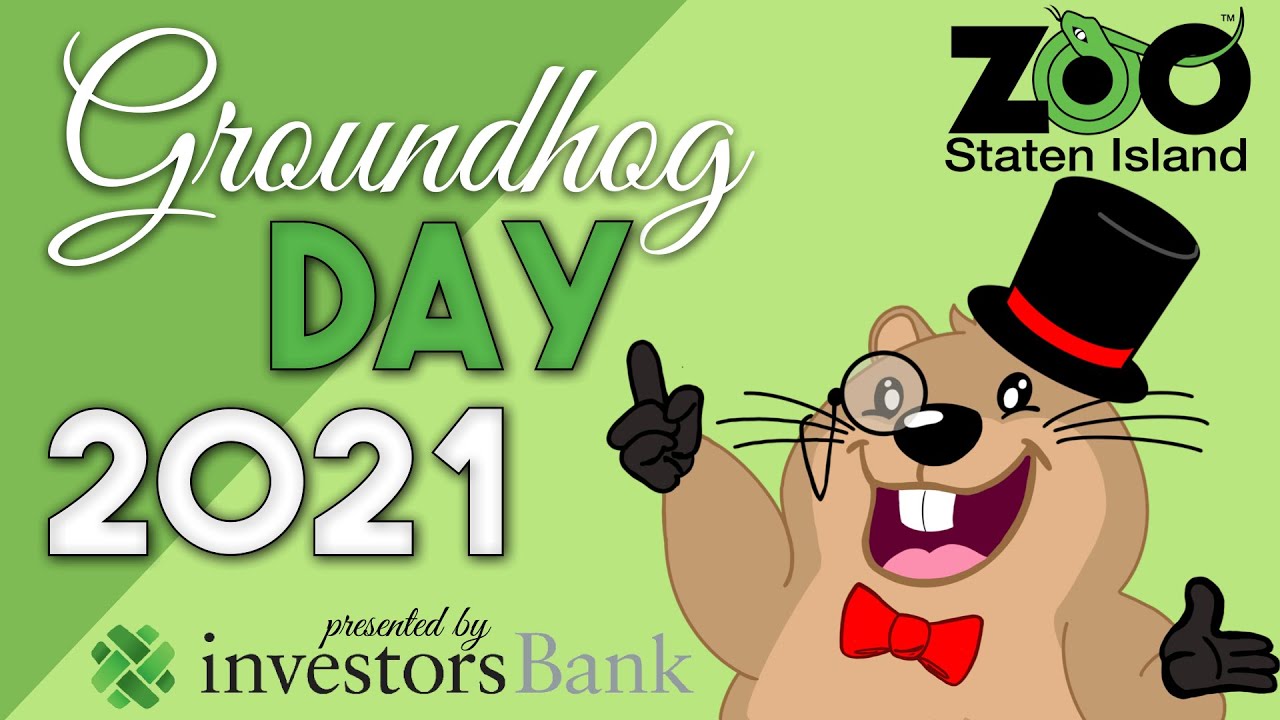- Overview of Staten Island Zoo Groundhog Day 2021 and its significance in traditions and wildlife conservation.
- Examination of the groundhog’s biological and ecological characteristics and its role in the ecosystem.
- Discussion of zoo management practices at Staten Island Zoo and their impact on animal welfare and education.
- Insights into wildlife conservation efforts connected with the Groundhog Day event and broader initiatives.
Staten Island Zoo’s Groundhog Day 2021 was more than just an occasion to predict the weather; it underscored the union between cultural tradition and wildlife conservation. Groundhog Day, celebrated every February 2nd, is rooted in the story of a groundhog emerging from its burrow to predict the coming of spring. The event at Staten Island Zoo highlights the significance of incorporating wildlife into cultural narratives to foster public interest in animal conservation.
Breaking down the biological features of the groundhog, also known as the woodchuck, provides a comprehensive view of why this creature is central to such celebrations. Scientifically identified as Marmota monax, the groundhog is a member of the rodent family Sciuridae. Groundhogs are primarily herbivorous, consuming a diet rich in fruits, vegetables, and greens. Their keen ability to store fat for hibernation is a noteworthy adaptation that supports their survival in temperate climates. Understanding the groundhog’s hibernation cycle is critical as it directly connects to the lore of weather forecasting. This fascinating mammal spends a significant portion of the year in a state of deep hibernation, significantly lowering its heart rate and body temperature to conserve energy. This biological characteristic is why its emergence on Groundhog Day is symbolic of the transition from winter to spring.
The groundhog’s ecological role cannot be overstated. As a keystone species, it affects the structure of its ecosystem. Through digging and burrowing, groundhogs aerate the soil, impacting plant growth and offering habitats for other animals. This behavior contributes to biodiversity within their environment, supporting numerous other species and maintaining ecosystem balance.
The Staten Island Zoo plays a vital role in promoting these ecological narratives through its educational initiatives. Proper zoo management is essential to meet the dual objectives of animal welfare and public education. Staten Island Zoo adopts a comprehensive approach to ensure the well-being of its animals, emphasizing habitats that replicate the natural environment, enrichment activities, and veterinary care. The zoo’s active role in public education is evident in its efforts to inform visitors about the ecological and cultural relevance of Groundhog Day. This initiative aligns with a broader goal of enhancing awareness about biodiversity and environmental stewardship.
Moreover, the zoo’s Groundhog Day celebration serves as a platform for broader wildlife conservation messaging. Connecting the annual event with ecological and conservation principles helps raise awareness about the importance of preserving wildlife habitats. The emphasis on conservation aligns with contemporary strategies aimed at addressing declining wildlife populations and loss of biodiversity due to human activities and climate change. By integrating these conservation efforts into public festivities like Groundhog Day, stakeholders can further engage the community in sustainable practices that protect the environment for future generations.
Staten Island Zoo’s commitment to wildlife conservation extends beyond Groundhog Day. Its participation in various ex-situ conservation programs highlights the institution’s broader impact on preserving biodiversity. Efforts focus on breeding programs, habitat restoration, and partnerships with conservation organizations. Notably, these programs do more than conserve species at risk; they also provide valuable opportunities for scientific research and genetic management, contributing to global conservation goals.
Through the engaging celebration of Groundhog Day in 2021, Staten Island Zoo not only captivated its audience with the charm of its resident groundhog but also spotlighted critical issues related to wildlife and environment conservation. By doing so, the zoo fostered a deeper understanding of how cultural events can integrate with scientific education to create sustainable outcomes in wildlife conservation. Hence, the Staten Island Zoo Groundhog Day event serves as an educational model, blending tradition, science, and community participation to support the health of our planet’s ecosystems.
*****
Source Description
Early spring or 6 more weeks of winter? Find out Staten Island Chuck’s prediction

